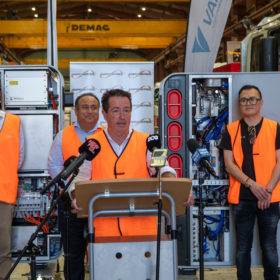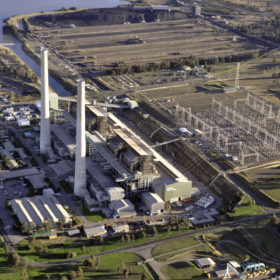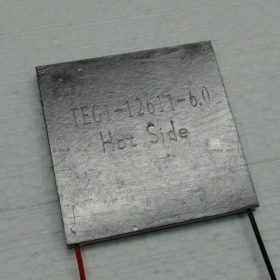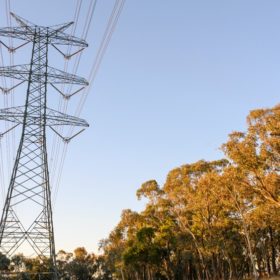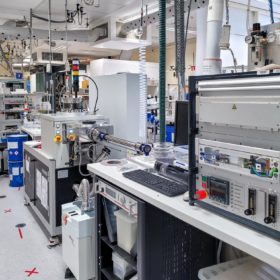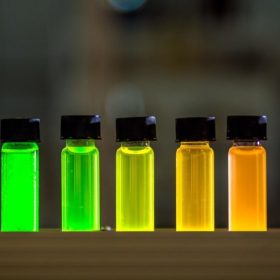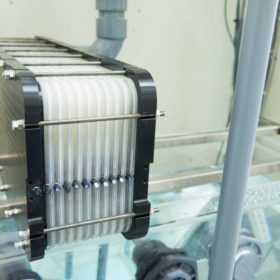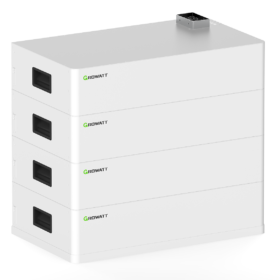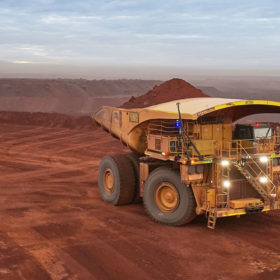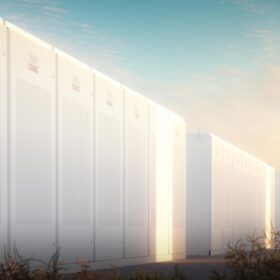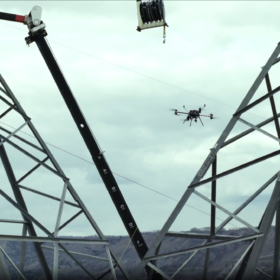Weekend read: Lavo green hydrogen battery gets $5 million boost from NSW government
Lavo’s hydrogen battery technology has found monetary support from both Australian and international investors in the last year, as well as public support which has continued this week with the announcement by the New South Wales government of $5 million in funding from the Regional Job Creation Fund to boost hydrogen manufacturing jobs in the Hunter Region.
Saturday read: New tools for fossil fuels
Long thought of as adversaries to renewable energy, fossil fuel assets and infrastructure also present opportunities for solar, its green-hydrogen output, and smart energy storage. Natalie Filatoff reports on the opportunities and approaches the miners are taking.
Philippines’ first utility scale battery for grid stabilisation
The first 20MW/20MWh battery energy storage system in the 470MW/470MWh portfolio Fluence is deploying for Filipino conglomerate San Miguel Corp has started serving the island nation’s electricity network.
Coupling photovoltaics with thermoelectric cooling
An international research team has investigated how solar could be combined with thermoelectric coolers (TECs), which are small solid-state heat pumps used either for heating or for cooling. A system was built with six solar panels, an air duct system, four batteries, a charge controller, TECs, an inverter, heat sinks, a test chamber, and condenser fans.
Eastern stretch is target as TransGrid progresses EnergyConnect project
A proposed 900-kilometre electricity interconnector that will link power grids across three Australian states, unlocking gigawatts of new wind, solar PV and storage projects has progressed further with New South Wales network operator TransGrid confirming the Environmental Impact Statement for the project’s eastern section has been submitted.
Aussie analysis of the fine art of gettering
Scientists in Australia have analysed the state-of-the-art of all gettering technologies used in the solar industry. This technique, which is aimed at reducing defects in wafer manufacturing, may become more important in the future, as cell efficiencies increase and become increasingly sensitive to traces of metallic impurities.
Quantum dot layer pushes perovskite solar cell efficiency up to 25.7%
Researchers in Switzerland have replaced the electron transport layers in perovskite solar cells with a thin layer of quantum dots. On an area of 0.08cm2, they achieved a record efficiency of 25.7% and high operational stability.
Zinc-air battery and PV to power apartment complex
A 100kW/1.5MWh zinc-air battery will be installed in Queens, New York, in combination with a combined heat and power system and a PV array. The pilot project is intended to demonstrate the long-duration energy storage capability of the zinc-air battery.
Growatt releases battery for off-grid solar
Growatt’s new AXE LV battery covers a wide range of capacities, from 5kWh to 400kWh, and can support off-grid systems with power outputs of 3kW to 30kW.
Fortescue acquires Williams Advanced Engineering in drive to win race to net zero
Fortescue Future Industries has acquired Williams Advanced Engineering for $310 million as it looks to capitalise on its critical battery technology to cut emissions from its mining vehicles. An offshoot of the Williams Formula 1 Team, Williams Advanced Engineering has already helped to develop an electric mining haul truck for Fortescue in 2021.
